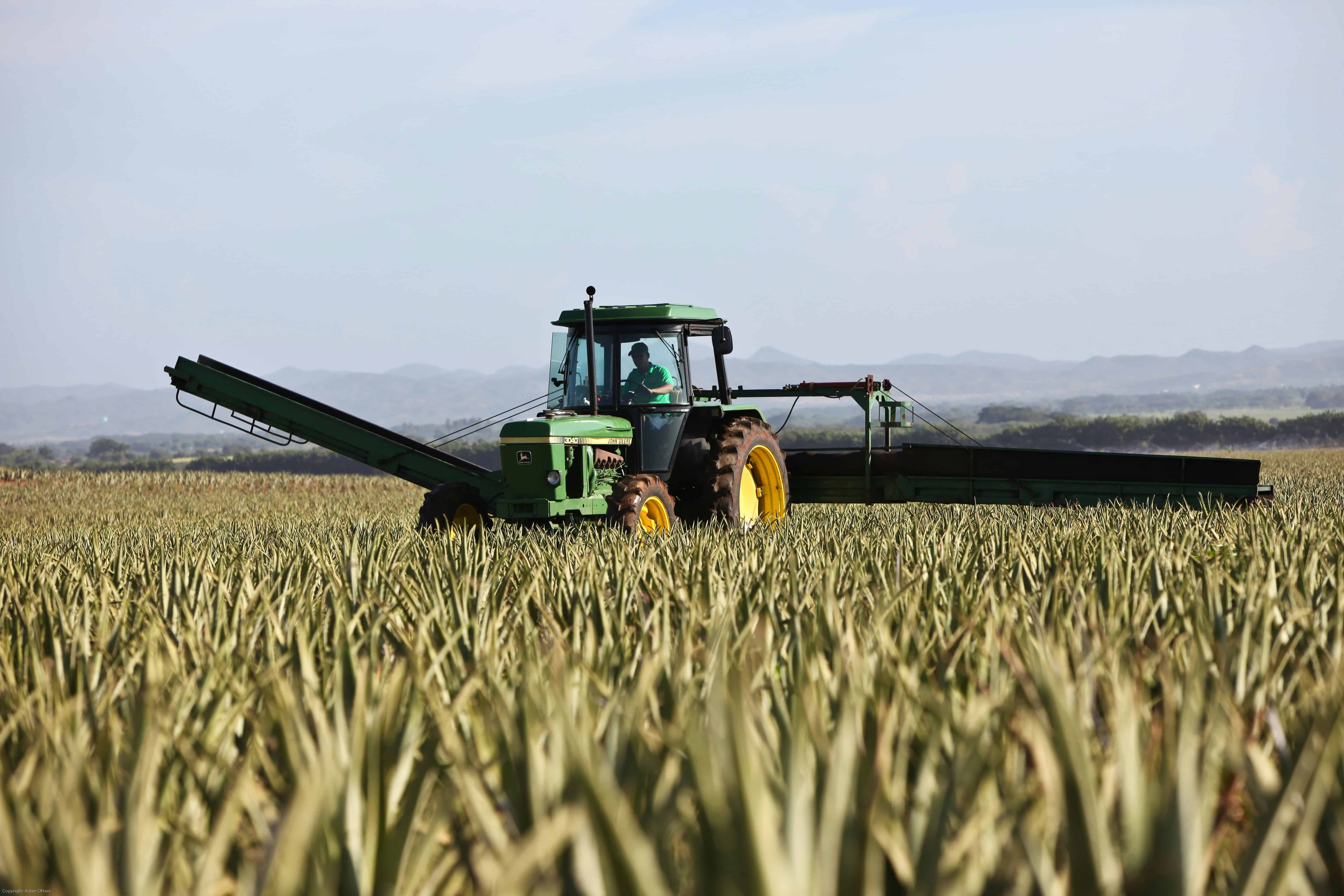Key Takeaways:
- The World Health Organization (WHO) has classified diesel engine emissions as a first-class carcinogen.
- A study by Kim et al., 2024, investigates emissions (CO, NOx, PM) from agricultural tractors during farming operations.
- Findings reveal significant discrepancies in the load factor (LF) and emission factors compared to current Korean standards.
- Emission factors for many conditions exceeded the Tier-4 emission regulation limits, indicating a need for updated emission inventories.
Introduction to Diesel Emissions From Agricultural Tractors Research
In light of the World Health Organization's classification of diesel engine emissions as a first-class carcinogen, the study conducted by Kim et al., 2024, takes on new urgency. Focusing on agricultural tractors, a critical component of farming operations, the study aims to provide a clearer picture of the impact of emissions from these essential machines.
Methodology and Findings
Utilizing a portable emission measurement system, Kim et al. collected emissions data directly from tractors in the field. By calculating the load factor (LF) based on engine performance and emissions, the study identified a significant variance from Korea's standard LF value of 0.48 used for exhaust emissions calculations. Moreover, the deviation ratio of the emission factor ranged dramatically from 0.039 to 56.59 compared to the stringent Tier-4 emission regulation standards.
Implications for Emission Standards and Agricultural Practices
The study's findings indicate that agricultural tractors emit pollutants at levels exceeding current emission limits under many operational conditions. This discrepancy highlights the necessity of revisiting and possibly revising emission factors used in national inventories to reflect real-world conditions accurately.
The Need for Updated Diesel Emissions From Agricultural Tractors Inventories
Kim et al.'s research underscores the critical need for comprehensive and realistic emission inventories for agricultural machinery. By accounting for actual operational conditions, policymakers and industry stakeholders can develop more effective strategies to mitigate diesel emissions' health and environmental impacts.
Read more about the study here.
Photo by Dietmar Reichle on Unsplash


